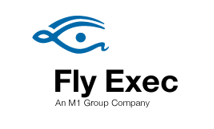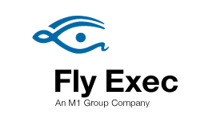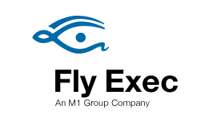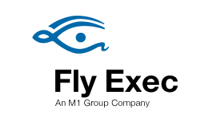Title Page
-
Site conducted
-
Conducted on
-
Prepared by
-
Location
-
Report no:
G. LAVATORY/POTABLE WATER SERVICE
-
Lavatory vehicle operating procedures followed<br>
-
Lavatory servicing procedures followed
-
PPE worn
-
Personnel exhibit appropriate work behavior (e.g., no “horseplay”)
-
Personnel use correct manual handling, ergonomics (e.g., proper lifting techniques)
-
Personnel avoid walking where not authorized (e.g., under the fuselage, stepping over towbar, or between carts)
-
All traffic regulation procedures followed
-
Fire extinguisher(s) available/serviceable
Potable Water Service
-
Water vehicle operating procedures followed
-
Water servicing procedures followed
-
Potable water units kept away from lavatory units or other sources of contamination
-
PPE worn
-
Personnel exhibit appropriate work behavior (e.g., no “horseplay”)
-
Personnel use correct manual handling, ergonomics (e.g., proper lifting techniques)
-
Personnel avoid walking where not authorized (e.g., under the fuselage, stepping over towbar, or between carts)
-
All traffic regulation procedures followed
-
Fire extinguisher(s) available/serviceable
-
Signed:
AIRCRAFT ARRIVAL/OFFLOAD
-
Proper hearing protection is used by all employees.
-
Proper safety footwear is worn by all employees.
-
High visibility /reflective clothing is worn
-
All equipment is positioned outside aircraft clearance lines.
-
The proper hand signals are used by marshaller, if marshaller is used
-
Wands are used for marshalling and all signalling (illuminated in low visibility)
-
Aircraft chocks are properly installed according to airline procedures
-
Personnel wait until the aircraft has stopped, is chocked, anti-collision light off, engines shut down and “all clear” given by marshaller before approaching
Comments, Findings, Observations:
-
undefined












